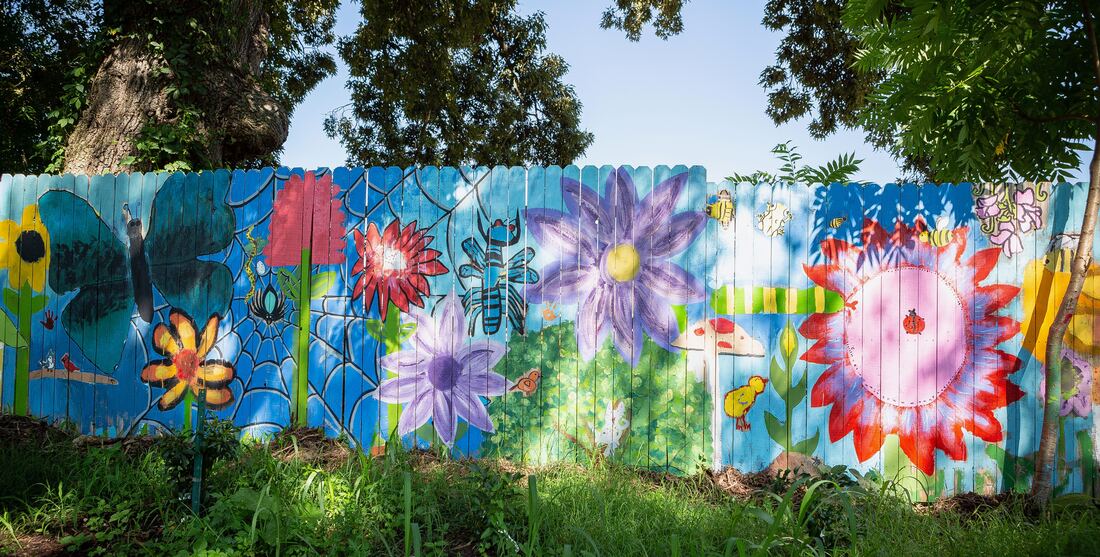|
Further your knowledge with these articles and scholarly publications! Nature Connection, Sense of Place & and Pro-Environmental Behavior:
Civic Ecology
Climate Change
Comments are closed.
|
AuthorSThe Community Ecology Institute co-authors the material on this blog with the support of several team members. Categories
All
Archives
July 2024
|


 RSS Feed
RSS Feed
